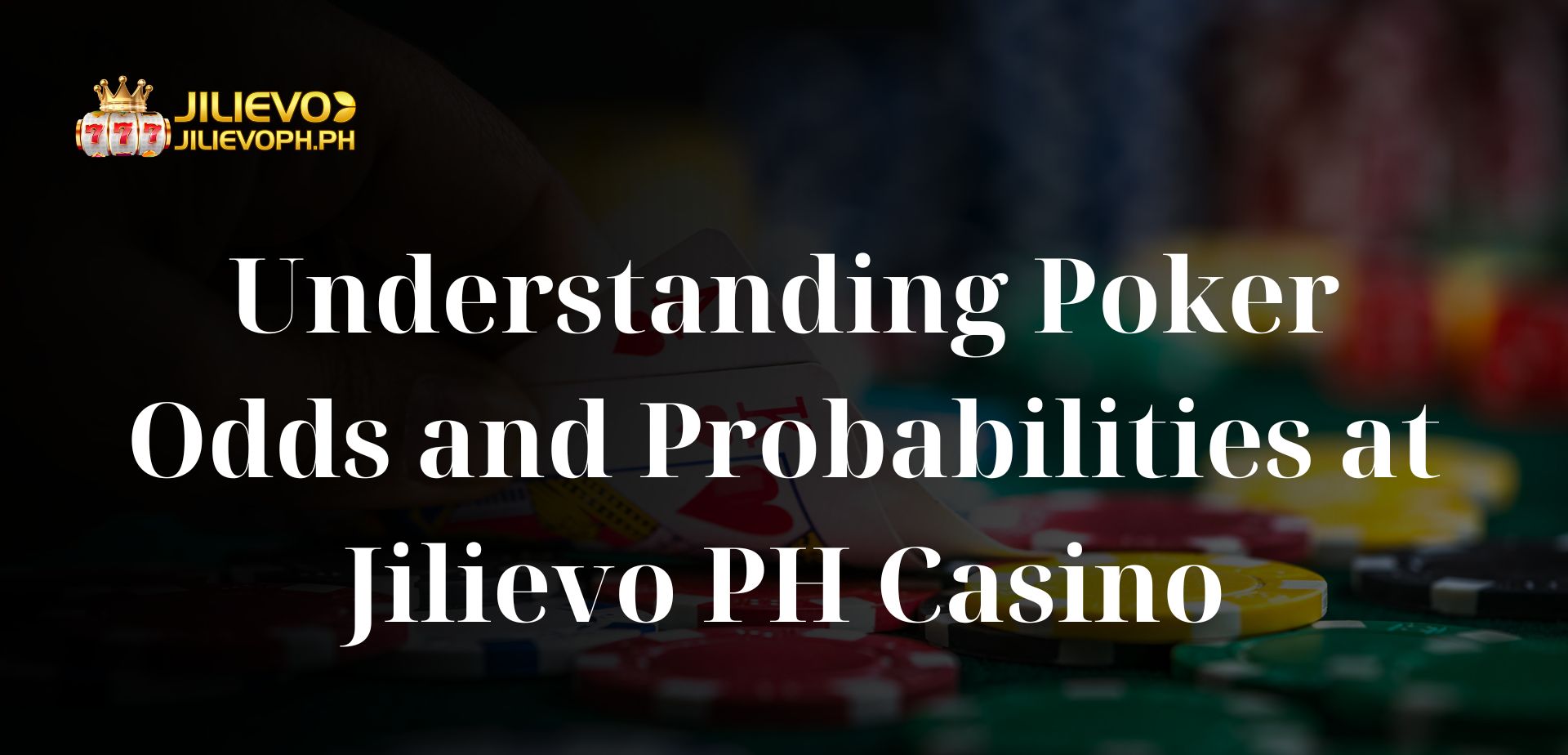Poker is more than luck; it’s a strategic game where knowing poker odds and probabilities can significantly improve your play. Whether you’re an experienced player or new to the game, understanding the math behind poker is crucial for making intelligent decisions, bluffing well, and winning more. This guide’ll explore poker odds and probabilities in-depth, giving you the tools to evaluate your chances and outsmart your opponents.
Table of Contents
ToggleThe Basics of Poker Odds and Probabilities
To understand the basics of poker odds and probabilities, consider the following key points from the search results:
- Poker odds are crucial for players to enhance their game and achieve success.
- Knowing the odds involves understanding concepts like poker outs and probabilities.
- Probability plays a significant role in determining poker hands and outcomes.
- Calculating poker odds is essential for making informed decisions during gameplay.
- Beginners can benefit from learning about poker odds through guides tailored for novice players.
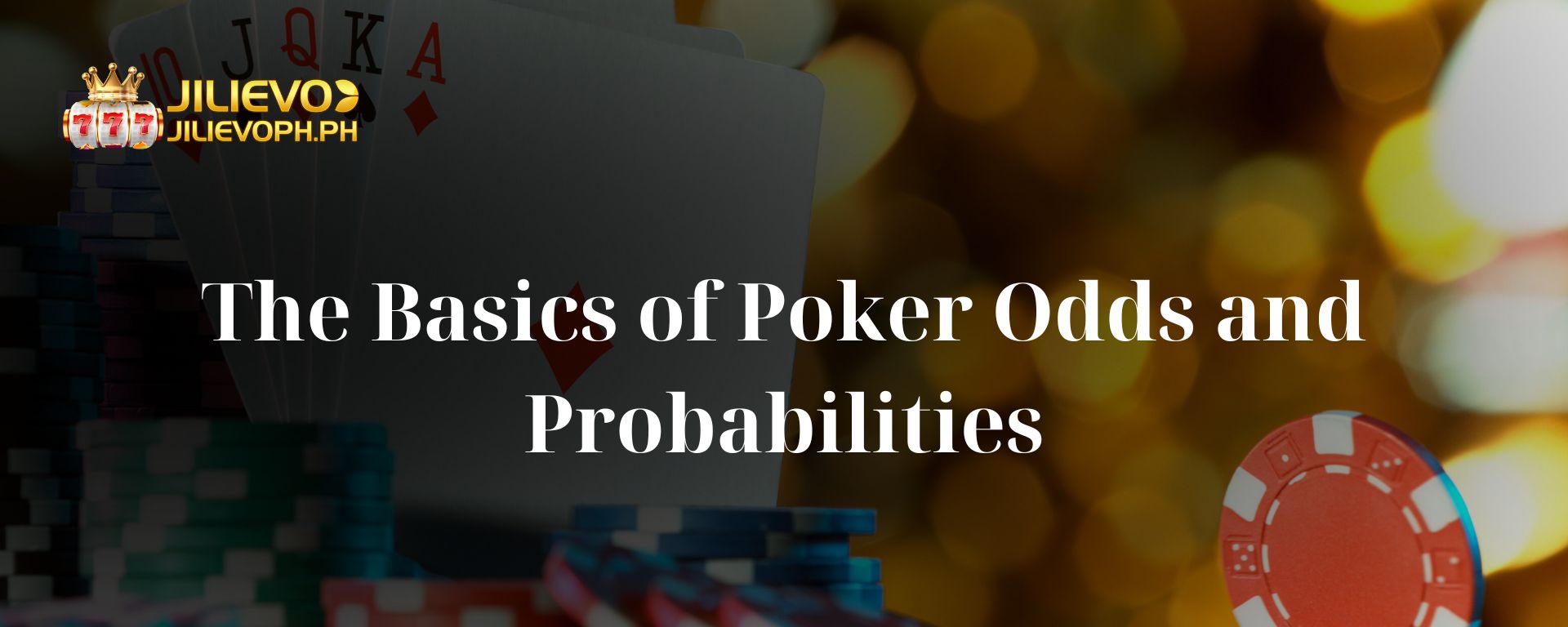
These insights highlight the importance of grasping poker odds and probabilities to make strategic decisions while playing poker.
Understand the Fundamentals
Understanding the basics is vital in poker, a game where math and choices matter. Here’s a more straightforward breakdown:
- Odds: They show how likely something is to happen.
- Probabilities: They tell us how often we can expect something to happen out of all possible outcomes.
For instance:
- If you flip a coin, the odds of getting heads are even (1 to 1).
- The probability of landing heads is 50%.
Calculating Poker Odds
Calculating poker odds quickly is a handy skill. Here’s how to do it:
- Rule of 4 and 2: A quick way to estimate your chances of winning.
- After the flop: Multiply the cards that can improve your hand (outs) by 4.
- After the turn: Multiply your outs by 2.
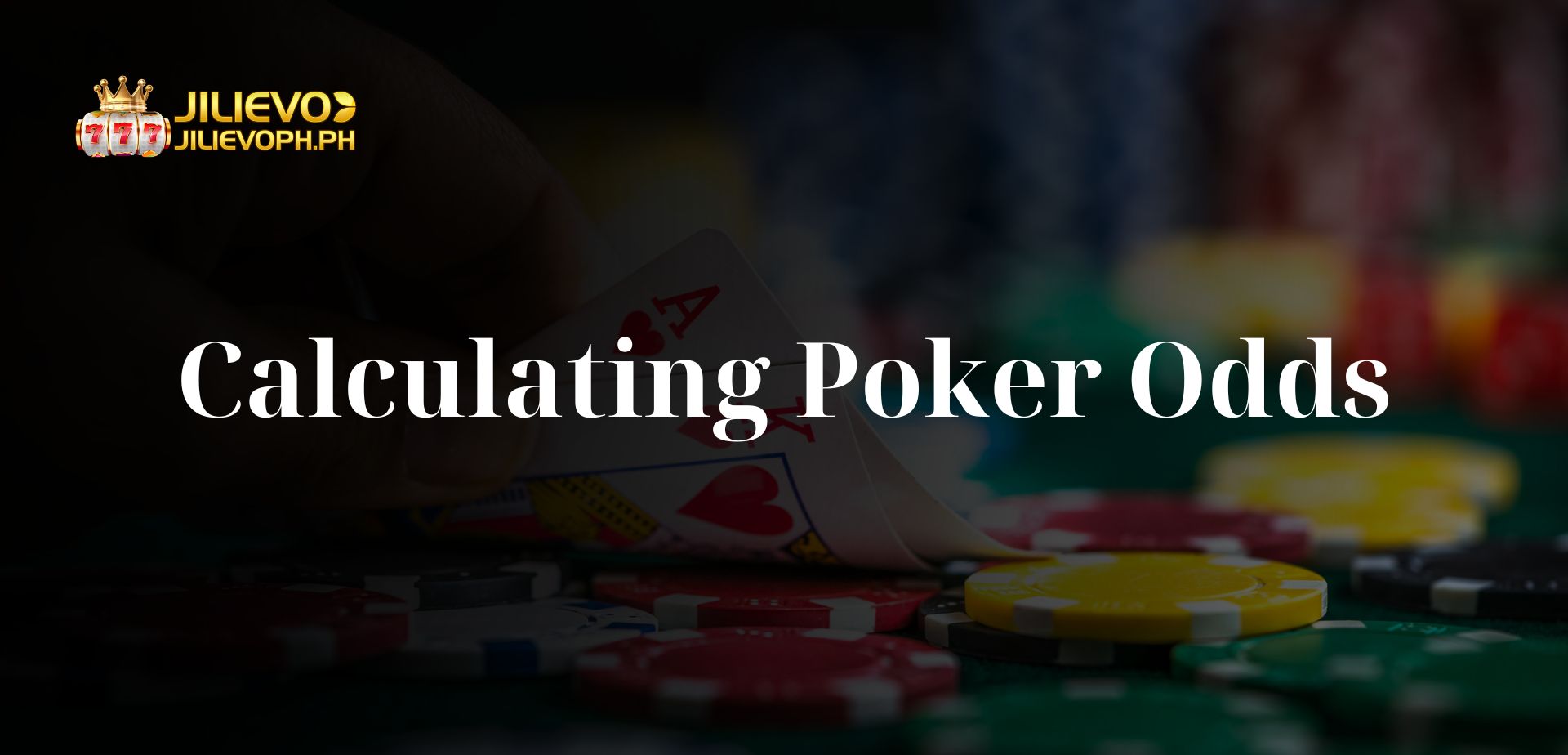
This method gives you a rough percentage of how likely you are to win.
The Importance of Probabilities
Understanding poker probabilities is essential for success at the tables. Players can enhance their strategic gameplay and increase their winning odds by calculating the chances of different outcomes, such as card combinations or game results. Despite poker’s random nature, skill in probability and game theory significantly influences a player’s success.
Types of Poker Odds and Probabilities
Different stages of the game offer various opportunities and risks. Let’s break down the odds and probabilities you should know at each stage.
- Poker Outs and Probabilities
- Long-Shot Odds in Texas Holdem
- Probabilities of Poker Hands with Variations
- Preflop Poker Odds
- Implied Odds and Reverse Implied Odds
Poker Outs and Probabilities
Poker Outs and Probabilities refer to the chances of a player drawing a specific card or combination of cards to improve their hand during a poker game.
Here are some critical points about Poker Outs and Probabilities:
- Poker Outs: Outs refer to the number of cards that can improve a player’s hand. For example, if a player holds a pocket pair of 6s and the flop comes with no 6s, there are four outs (the remaining 6s in the deck).
- Probabilities: Probabilities are the chances of a specific outcome occurring, expressed as a percentage or ratio. For instance, the probability of flopping straight when holding two connecting cards is 1.3%.
- Calculating Poker Outs and Probabilities: To calculate the probability of hitting a specific card or combination of cards, you need to know the number of outs and the total number of cards in the deck.
For example, if there are four outs (the remaining 6s in the deck) and a total of 52 cards, the probability of hitting a 6 is 4/52 or approximately 7.69%.
- Poker Outs and Probabilities in Action: Players use these probabilities to decide whether to call, raise, or fold in a hand. For instance, if a player has a strong hand but the odds of improving it are low, they may choose to fold rather than risk losing more money.
Players can improve their chances of winning and minimize their losses by understanding the odds and probabilities of different hands and situations.
Long-Shot Odds in Texas Holdem
Texas Hold ’em poker, long-shot odds refer to situations where the probability of winning is particularly low. These odds are considered as having only a slight chance of success.
To calculate long-shot odds in Texas Hold ’em, let’s consider the scenario of being dealt a specific pocket pair, such as pocket twos (2-2).
- Determine the number of ways to be dealt pocket twos: There are six possible ways to be dealt pocket twos (2♠ 2♦, 2♠ 2♣, 2♠ 2♥, 2♦ 2♣, 2♦ 2♥, 2♣ 2♥).
- Calculate the total number of possible starting hands: In Texas Hold ’em, 1,326 possible starting hands exist.
- Calculate the probability: Divide the number of ways to be dealt pocket twos by the total number of possible starting hands:
- Probability = (Number of ways to be dealt pocket twos) / (Total number of possible starting hands)
- = 6 / 1,326
- ≈ 0.0045 or approximately 0.45%
Therefore, the long-shot odds of being dealt pocket twos in Texas Hold ’em are approximately 0.45%.
Probabilities of Poker Hands with Variations
The probability of getting a Royal Flush is 1 in 649,740, a Straight Flush is 1 in 72,192, a Full House is 1 in 3,744, a Flush is 1 in 511, a Straight is 1 in 2598, a Three of a Kind is 1 in 47, a Two Pair is 1 in 210, a Pair is 1 in 2.5, and a High Card is 1 in 1.
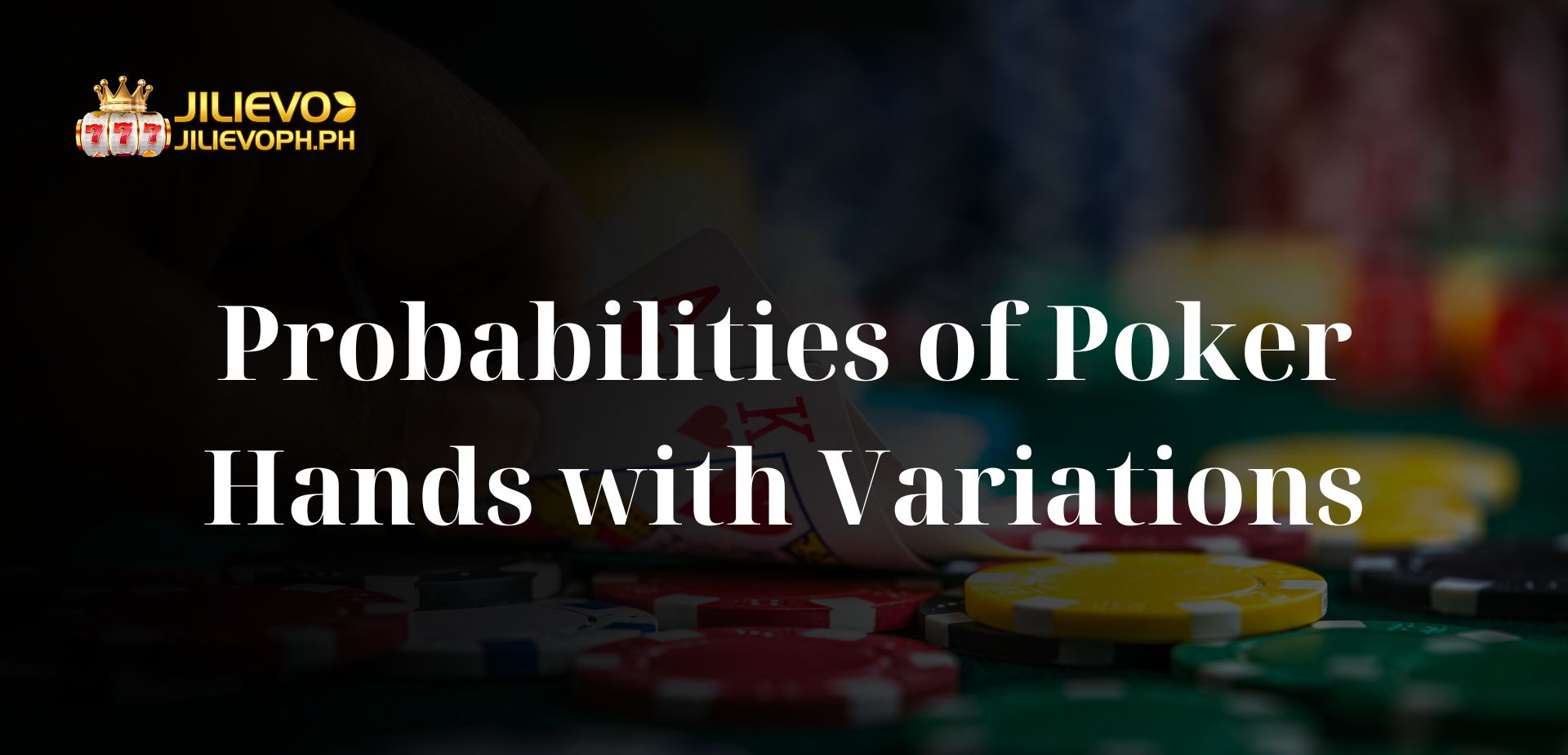
Preflop Probabilities
The game starts before the flop. Knowing the odds for specific starting hands gives you an edge. For instance:
- Odds of getting a pocket pair: 16 to 1
- Odds of getting suited connectors: 24 to 1
Your position is crucial, too; playing later lets you make better decisions after seeing how others act.
Example: If you’re in a late position and see everyone fold before you, playing hand-like suited connectors might be more appealing because you have more information and fewer opponents to face.
Implied Odds and Reverse Implied Odds
Implied odds and reverse implied odds are advanced concepts for intelligent betting. Here’s a more straightforward explanation:
- Implied Odds: Think about the money you could win later if you complete your hand. Applicable in no-limit games, they can make calling a bet worthwhile, even if it doesn’t look good immediately.
- Reverse Implied Odds: Consider the money you could lose if you get the hand you want but still don’t win the pot. These require you to understand the game and guess future moves.
Both concepts help you make better decisions beyond just the current odds.
Using Probabilities to Bluff and Counter-Bluff
Bluffing and countering bluffs are all about using math to your advantage. Here’s a straightforward take:
- Bluffing: Use your understanding of the odds to bluff at the right time. If it seems unlikely your opponent has a strong hand, you can bluff to make them fold.
- Counter-Bluffing: Spot when an opponent might be bluffing by looking at the odds of their possible hand and how they’re betting. This can help you decide whether to challenge their bluff.
Example: If the flop has three hearts and you know your opponent is cautious with flush draws, but they suddenly bet big, you might suspect a bluff, especially if you hold a heart card, reducing their chances of having a flush. You could then call or raise to counter their bluff.
Tools and Resources for Mastering Poker Odds
Fortunately, mastering poker odds and probabilities doesn’t have to be a solitary journey. Numerous tools and resources can assist you:
- Poker odds calculators can help you quickly assess your chances during practice sessions.
- Books and online tutorials offer in-depth insights into poker mathematics and strategy.
- Practice and review of your hands, using software that highlights your odds at each stage of the game, can sharpen your skills.
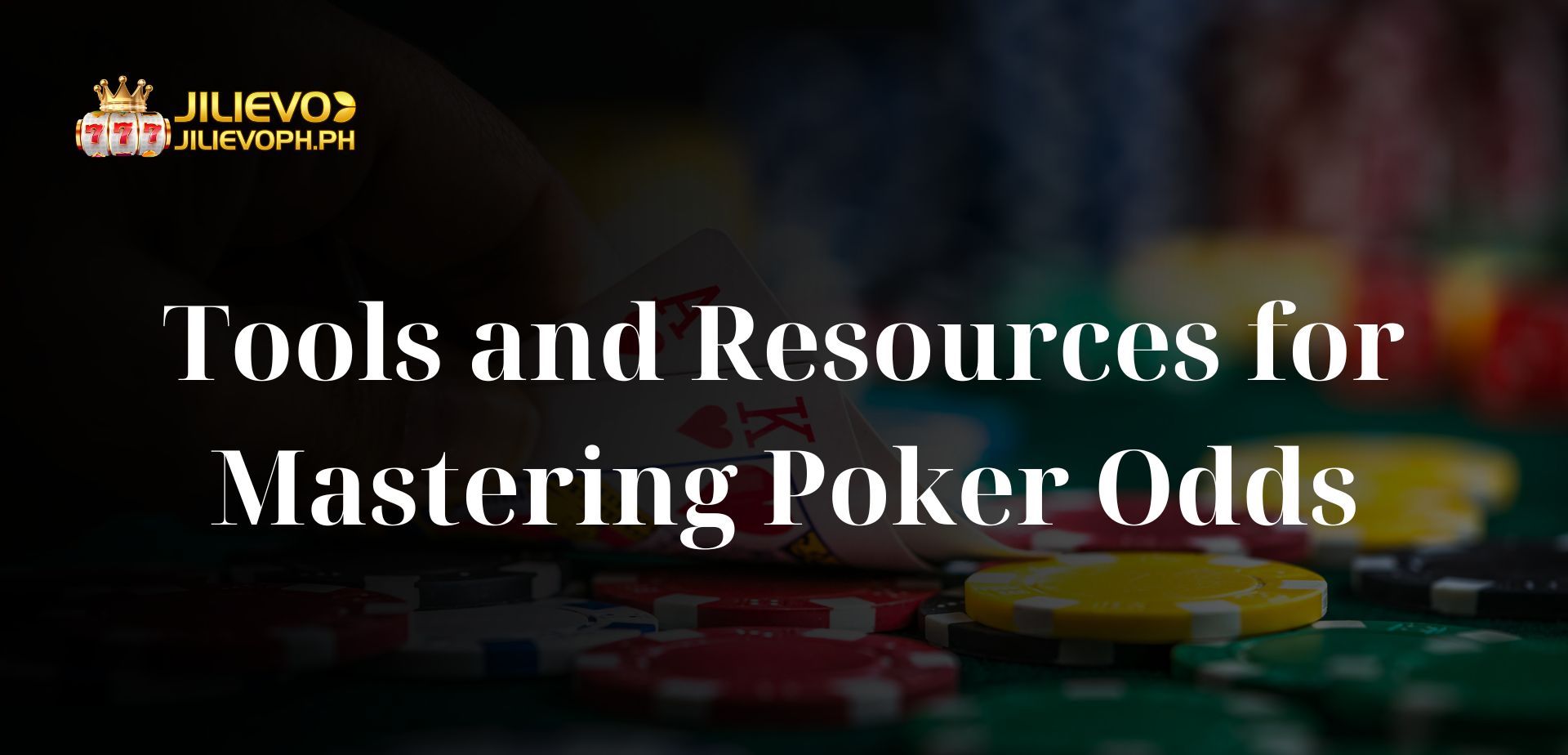
Common Mistakes and Misconceptions
Some common mistakes and misconceptions in poker include:
- Misinterpreting Odds and Probabilities
Misunderstanding odds and probabilities can lead players to make mistakes. For example, if you think you have a 60% chance to win, remember there’s still a 40% chance you’ll lose. Recognizing this helps avoid overconfidence and encourages smarter decisions.
- Balancing Luck and Skill
Even though knowing poker math can boost your game, don’t remember luck is also a factor. The key is to make choices that pay off in the long run. Balancing luck and strategy helps you play poker more skillfully.
Conclusion
Understanding poker odds and probabilities at Jilievo Casino is crucial for improving your game. From assessing your hand strength to making critical decisions, mastering poker math can turn close calls into wins and losses into learning opportunities. By applying these principles, you’re not just playing the cards but playing the odds, a winning strategy in any poker game.
FAQs
What are poker odds?
The chances of a specific outcome happening.
How do you calculate poker odds?
Use the “Rule of 4 and 2” for a quick estimate: multiply your outs by four after the flop or two after the turn.
What are implied odds?
The potential future winnings are related to the cost of a current call.
Why is understanding probabilities significant in poker?
It helps make informed decisions on whether to fold, call, or raise.
Can I always trust the math in poker?
Math improves decision-making, but remember; poker also involves luck.
How can I use probabilities to bluff?
Bluff when the odds suggest your opponent doesn’t have a strong hand.
What should I do if I keep losing despite good odds?
Stay patient and focus on making decisions with positive expected value; results will align over time.

